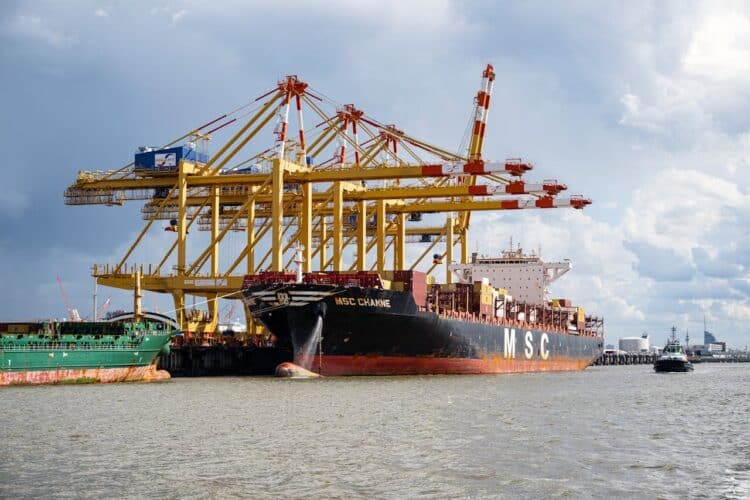As organisations increasingly navigate the complexities of global supply chains, the adoption of AI-based forecasting is set to transform demand planning.
Gartner estimates that 70% of large organisations are expected to embrace this technology by 2030, highlighting a significant shift towards more automated and precise forecasting methods. This transition is driven by a need for touchless forecasting, which eliminates the frequent manual inputs and human interventions traditionally associated with demand planning.
Emphasising the transformative potential of AI, Jan Snoeckx, director analyst in Gartner's Supply Chain practice: “The value of AI-based forecasting includes improved strategic decision-making, faster responses to market changes, and enhanced collaboration workflows.”
By leveraging machine learning (ML), organisations can detect complex patterns in time series data, facilitating more frequent and granular forecasts. This capability is particularly beneficial for predicting demand for new product introductions or promotional initiatives, where historical data may be scarce.
Despite its promising benefits, the path to widespread adoption of AI-based forecasting is not without challenges. Many supply chain planning (SCP) leaders lack a clear vision, which can hinder the implementation process.
Furthermore, issues related to data completeness and accessibility persist, making it difficult for organisations to fully leverage AI’s capabilities. Resistance from employees accustomed to traditional forecasting practices can also pose a significant barrier.
To successfully implement touchless forecasting, Gartner recommends a structured five-part plan. First, organisations should define a clear vision for touchless forecasting, assessing current collaboration processes and identifying areas for improvement.
Next, establishing business change parameters is crucial; this involves re-evaluating workflows and metrics to support the new systems.
A comprehensive data strategy is also essential. Relying solely on historical sales data is insufficient; organisations must incorporate both internal and external datasets. Engaging trading partners to ensure data quality and governance is vital for successful integration.
Creating a technology enablement roadmap is another critical step. This includes investing in the necessary technology and skills, whether through internal development or outsourcing. Organisations should evaluate potential solutions based on performance and alignment with their data strategies.
Finally, planning for the adoption journey is key to building trust in AI-generated outputs. Ongoing communication about uncertainties and benchmarking AI forecasts against simpler models will help demonstrate value and encourage acceptance throughout the organisation.
The implication of the Gartner analysis suggests the future of supply chain forecasting lies in embracing AI technologies, with organisations that adopt these innovative strategies likely to gain a competitive edge in a rapidly evolving market.



